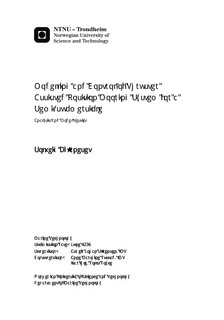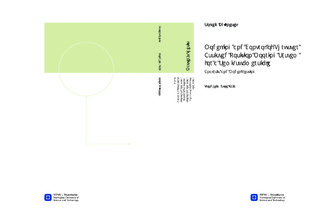| dc.description.abstract | For harsh weather, nonlinear effects dominate the dynamics to a larger extent than for calm weather. The low frequency dynamics of a moored vessel are excited by second order wave drift forces. To counteract the low-frequency resonant dynamics of the mooring system, proper control methods needs to be derived and carefully applied. For this purpose, several control laws are selected and studied. The control objectives are reduction of fuel consumption, increased redundancy, and higher stationkeeping precision for harsh weather. The control methods studied include reduction of coupled dynamics by implementation of a roll and pitch damping controller, optimal setpoint chasing based on a structural reliability criteron, and a backstepping control law based on the same reliability criterion. These three methods, combined with a nonlinear passive observer, have been studied and proved both stable and robust. Especially, a theoretical six degrees of freedom Lyapunov stability analysis is performed, which renders the combined PID, and roll and pitch damping controller globally asymptotically stable. Stability properties for all considered control methods have been clarified.A simulation model for testing of the different control methods is derived and implemented in Matlab Simulink. The simulation model is based on a typical full scale semi-submersible anchored with mooring cables in a circular anchor configuration. A nonlinear passive observer is implemented and tuned to give satisfactory estimates for all six degrees of freedom. Model tests are performed in the Marine Cybernetics Laboratory at NTNU using the 1:100 model semi-submersible CyberRig I. Model tests are performed for regular and irregular waves, with and without thruster force input. | nb_NO |

